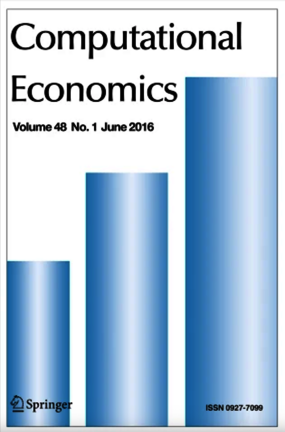Abstract
Public finances remain a major concern in several Euro Area countries. This paper introduces a universal forecasting model for national public debt across the Eurozone, offering three key contributions. First, it presents a robust forecasting framework that draws on a wide range of indicators, including many outside traditional economics. Second, it compares the performance of machine learning models with established benchmarks. Third, it uses Variable Importance Measures (VIM) and Partial Dependence Plots (PDPs) to interpret model results, providing useful insights for policymakers and financial analysts. To build and evaluate our forecasting framework we use a dataset that includes 310 independent variables (economic, financial, institutional, political and social) for 17 Euro Area countries, spanning the period from 2000 to 2022 in annual frequency. The dataset is fed to four machine learning (ML) algorithms: Decision Trees, Random Forests, XGBoost and Support Vector Machines (SVM). We also employ the Elastic Net Regression algorithm from the area of econometrics. The best model is an XGBoost with an out-of-sample MAPE of 7.64%, which outperforms the projections of European Commission and IMF. According to the VIM results, the most influential variables include key macroeconomic indicators (such as past values of the public debt to GDP ratio and final consumption expenditure) but also insitutional factors like the control of corruption and the regulatory quality. Based on these results, financial institutions can more effectively assess the creditworthiness and risk profiles of Euro Area countries.
Published: 21 October 2025



